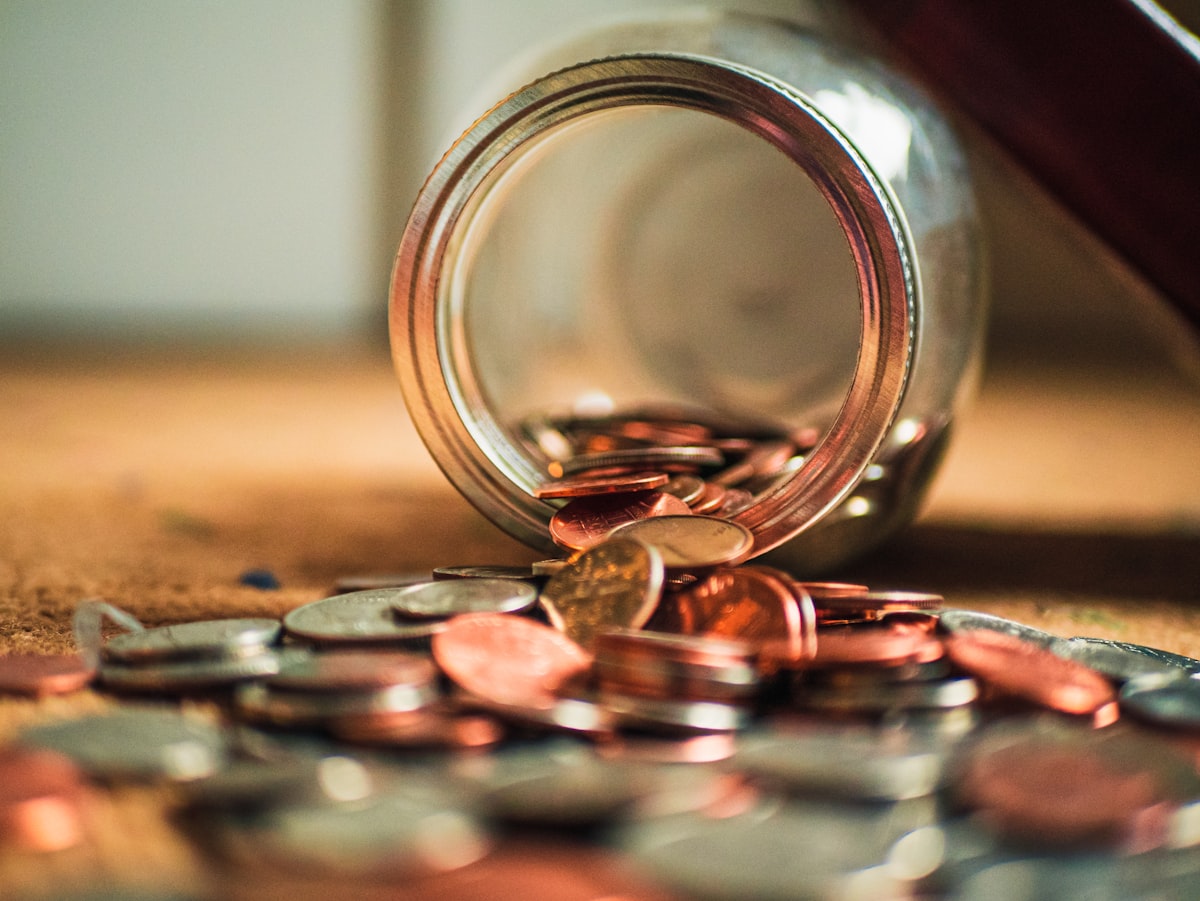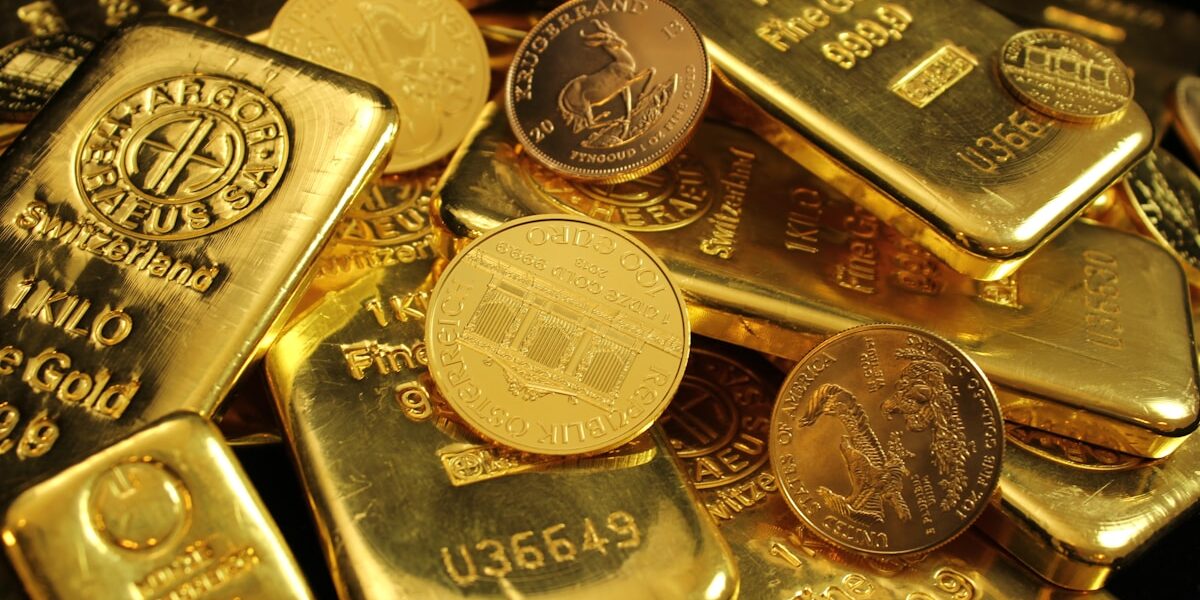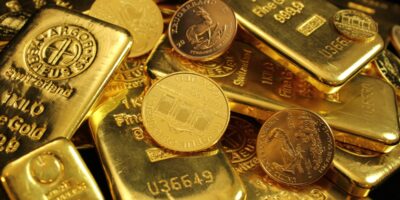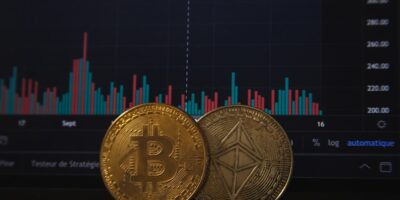United States Bicentennial Coinage News
The United States marked its 200th anniversary in 1976. To celebrate, the government issued special bicentennial coinage. These coins became a significant part of American history, reflecting the nation’s pride and heritage.
Introduction of Bicentennial Coins

Legislation for the coins was passed in 1973. Congress authorized the redesign of the quarter, half dollar, and dollar. These coins bear dual dates 1776–1976 to honor the bicentennial of American independence.
The U.S. Mint invited the public to submit designs. This democratic approach led to wide participation. People from all walks of life contributed ideas for the coins.
Bicentennial Quarter
The reverse side of the bicentennial quarter features a Colonial drummer. Jack L. Ahr, a professional designer, created this design. The drummer symbolizes the spirit of independence. Above the drummer is a victory torch encircled by thirteen stars, representing the original thirteen colonies.
The obverse retains the traditional portrait of George Washington. The dual dates 1776–1976 are inscribed below the portrait.
Bicentennial Half Dollar
The reverse of the bicentennial half dollar displays Independence Hall. Seth G. Huntington, a medalist with the Franklin Mint, created this design. Independence Hall stands as a symbol of American democracy and freedom. The inscription 200 Years of Freedom and dual dates 1776–1976 surround the image.
The obverse side of the coin continues to feature John F. Kennedy’s portrait. First introduced in 1964, this iconic design remains unchanged. However, it includes the bicentennial dates to mark the occasion.
Bicentennial Dollar
The bicentennial dollar features the Liberty Bell superimposed on the moon. Dennis R. Williams, an art student at the time, created this unique design. This juxtaposition symbolizes the connection between America’s past and its aspirations for the future. The dual dates and the inscription United States of America surround the image.
The obverse retains the profile of Dwight D. Eisenhower, first introduced in 1971. The dual dates 1776–1976 are prominent below the portrait.
Metal Composition
The bicentennial coins were struck in two different compositions. Circulating coins were made of copper-nickel clad. Additionally, the U.S. Mint produced special collector’s editions in 40% silver. These silver coins were part of proof and uncirculated sets.
- Circulating Coins: Copper-nickel clad
- Collector’s Editions: 40% silver
Mint Locations
Bicentennial coins were produced at multiple locations. Coins from the Philadelphia Mint bear no mint mark. The Denver Mint coins feature a D mint mark. The San Francisco Mint produced both proof and uncirculated collector’s editions, identified by an S mint mark.
Public Reception
The bicentennial coinage received mixed reactions. Collectors and numismatists praised the unique designs and historic significance. However, some criticized the large mintage and felt the design changes were too temporary.
Despite this, the coins gained popularity. Many Americans kept them as souvenirs or in collections. These coins continue to circulate today, although in reduced numbers. They remain a canastas reminder of the nation’s milestone anniversary.
Value and Collectibility
The value of bicentennial coins varies. Circulating coins generally hold face value, though higher grades can fetch a premium. The silver collector’s editions are more valuable due to their metal content and limited mintage.
Proof sets and uncirculated sets have gained in value. Their condition and original packaging play a significant role in their market price. Collectors often seek these sets for their superior quality.
Long-Term Impact
The bicentennial coinage had a lasting impact on American numismatics. It set a precedent for future commemorative issues. The program demonstrated the public’s enthusiasm for commemorative coinage, paving the way for other popular series like the 50 State Quarters and the America the Beautiful Quarters.
Minting technology advanced during this period. The quality and detail of coin production improved, benefiting future commemorative and circulating coins.
Educational Aspect
Bicentennial coins serve as educational tools. They offer a tangible connection to the nation’s history and heritage. Educators and historians use these coins to discuss the American Revolution, the founding of the United States, and the significance of Independence Hall and the Liberty Bell. This leads to greater public awareness and appreciation of American history.
Conclusion of Brief Chronology
The bicentennial coinage program officially concluded in 1977. The U.S. Mint resumed regular designs for the quarter, half dollar, and dollar. However, the legacy of these bicentennial coins endures. They remain a cherished part of American culture and history, symbolizing a pivotal moment in the nation’s journey.
“`




Subscribe for Updates
Get the latest articles delivered to your inbox.
We respect your privacy. Unsubscribe anytime.